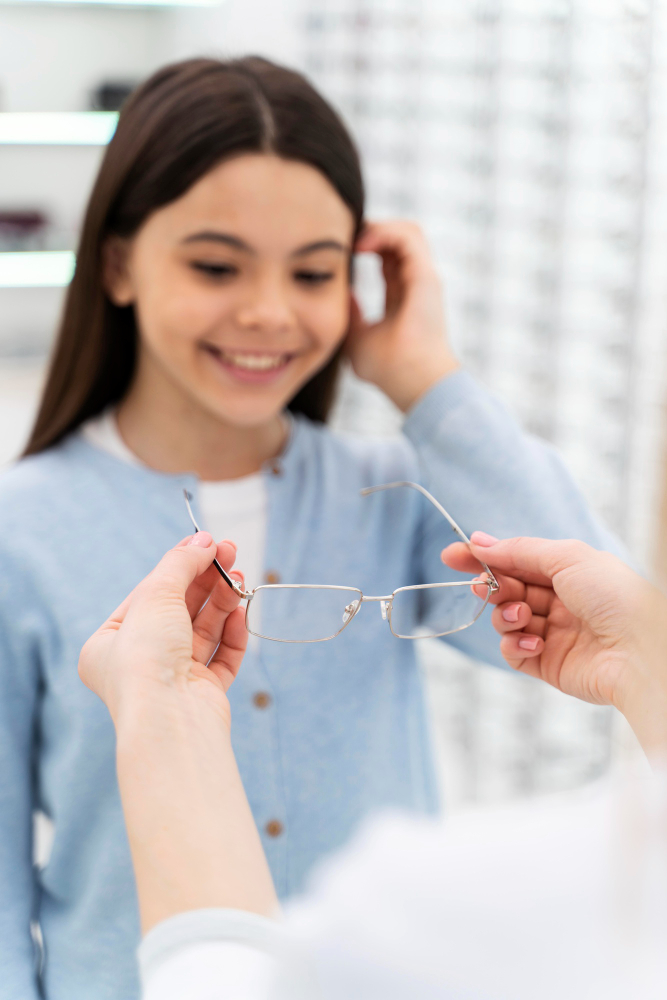Vision Therapy Software
Overcoming Amblyopia or the Lazy Eye
Amblyopia, commonly known as ‘Lazy eye’, is a vision-related disorder that affects young children. And you can get this condition treated using our Amblyopia therapy software!
Amblyopia treatment surgery in India can be a costly affair and can also be painful, especially for children. Our software requires you to wear our blue-red sunglasses and play our patented games!
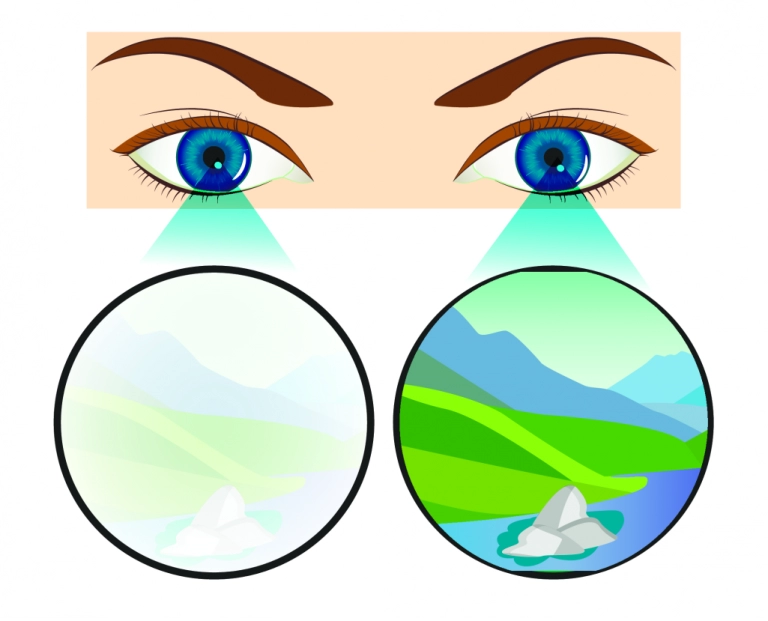
Let's Understand Amblyopia
In some children, only one of the two eyes focuses properly. This is a vision problem called lazy eyes (the medical term for this is Amblyopia). It is caused when the two eyes send different images to the brain. For example, it may happen if one of the eyes is more nearsighted, farsighted, or has more astigmatism (refractive error) than the other, or if the child has a squint. The brain then primarily processes the information coming from the better eye, ignoring the other. If unnoticed or untreated, it can continue to affect in later years. It is estimated that about 4% of children and between 1-5% of the adult population is affected by this visual impairment.
Understanding Binocular Vision
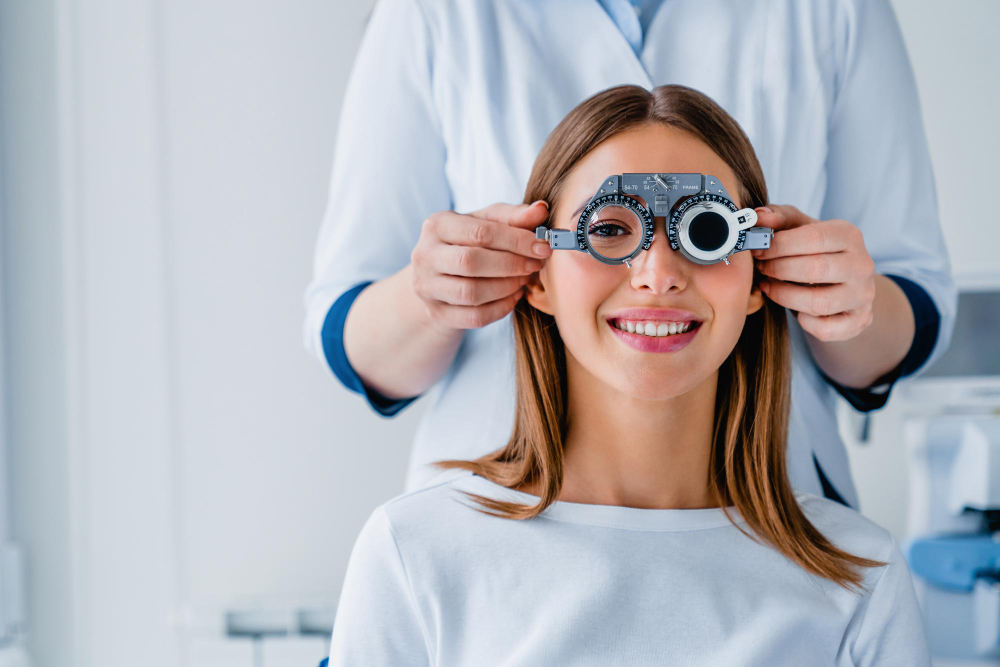

What Causes Amblyopia/Lazy Eye? Does Amblyopia Lazy Eye treatment surgery exist?
Our eyes have a set of muscles that help with eye movements. A weakness in any eye muscle will lead to abnormalities in the movement, such as turning inwards or outwards or having uncoordinated movements. This condition is called “Squint” or “ Strabismus”. The brain tends to ignore the hazy visual images coming from the affected eye which is non-aligned. This eye then becomes a “Lazy eye.
What Are The Symptoms of Amblyopia/Lazy Eye?
Symptoms in Children
When a child develops a lazy eye, parents may observe that their child faces difficulty focusing on objects, or they squint or shut one of the eyes to view the objects or surroundings clearly. Often, the child’s eyes may appear to turn inward, outward, or they may not work together in coordination.
Older children may also complain of poor perception of depth and an inability to view things clearly from a distance, such as writing on the classroom board.
When children develop such symptoms, It is important to consult a pediatric ophthalmologist as soon as possible to enable early treatment.
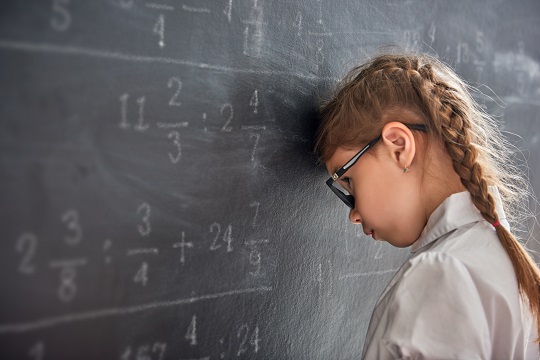

Symptoms in Adults
If a child with lazy eyes does not receive early treatment, the condition may worsen and persist in adulthood. Sometimes, a child may be undiagnosed for visual disturbances at an early age and may receive a diagnosis as they grow older, when visual disturbances intensify.
The common complaints of adults having lazy eyes are:
- Blurred or double vision
- Uncoordinated eye movements
- Poor depth perception
- Squinting or closing one eye to view better
Childhood Amblyopia
● The child may be seen squinting or shutting one eye.
● Parents may be able to see uncoordinated eye movements in their child.
● The child may complain of inability to view the classroom board clearly.
Adult Amblyopia
● Blurred or double vision
● Poor depth perception
● Increased complaints of eye strain.
Amblyopia Therapy Software - How is Amblyopia/Lazy Eye Treated?
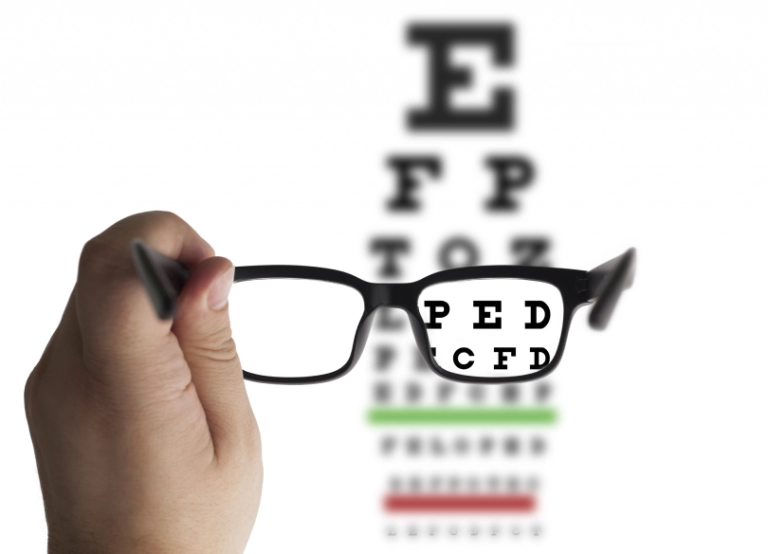
Surgery
Patching or Overpowering the Normal Eye
Patching
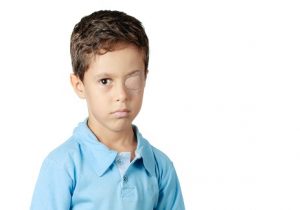
Eye drops are instilled into the normal eye and cause a temporary blurring of vision in the normal eye. This prompts the brain to turn towards visual impulses coming from the weaker or lazy eye. The effect is similar to patching.
However, the success of these approaches depends on how regularly the child is in applying the patches/eye drops. Most children do not like this kind of patching and tend to resist it. Very often, parents do not apply the patch to avoid social stigma. Compliance with patching is very low
Patching or penalization can also lead to visual problems in the normal eye. Patching has limitations of age and does not help in correcting the adult lazy eye.
- Lesser success rates and higher incidence of residual visual deficit.
- Prolonged lazy eye treatment over many years is essential for optimal results.
- Monocular lazy eye treatment – treats one eye only.
- Chances of visual disturbances occurring in the stronger eye.
- Possibility of relapse once patching is discontinued.
- Discomfort to the eyes and the child due to eye-drop installation or patching.
- Patching may cause social anxiety in older children.
- Non-compliance to patching due to peer pressure.
- Time is of the essence, patching is not helpful unless started at an early age (<9years).
- Not useful to treat Lazy Eye in adults.
“It is a myth that lazy eyes can be treated only in early childhood. Adults too can overcome their lazy eyes with recent advances in technology that helps achieve perfect vision.”
Dichoptic Eye Treatments
Treatment for eyes using dichoptic technology is an emerging and highly effective approach for correcting Lazy eyes and improving vision. Dichoptic eye treatments work by offering simultaneous and separate visual stimuli to both eyes. In simpler terms, depending on the impairment, both eyes are presented with different stimuli simultaneously, which helps enhance the contrast difference perceived by both eyes. This can help achieve a balance between the normal eye and the lazy eye.
Dichoptic technology can help improve vision in children as well as adults.
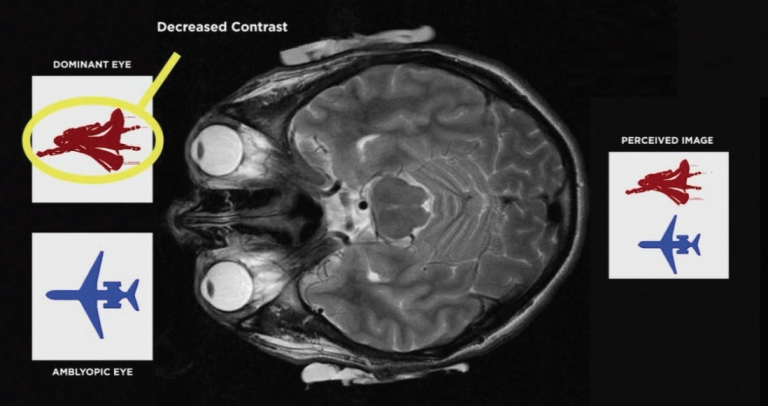
Bynocs AmblyGo Therapy For Childhood and Adult Amblyopia/Lazy Eye - The Ultimate Amblyopia Therapy Software
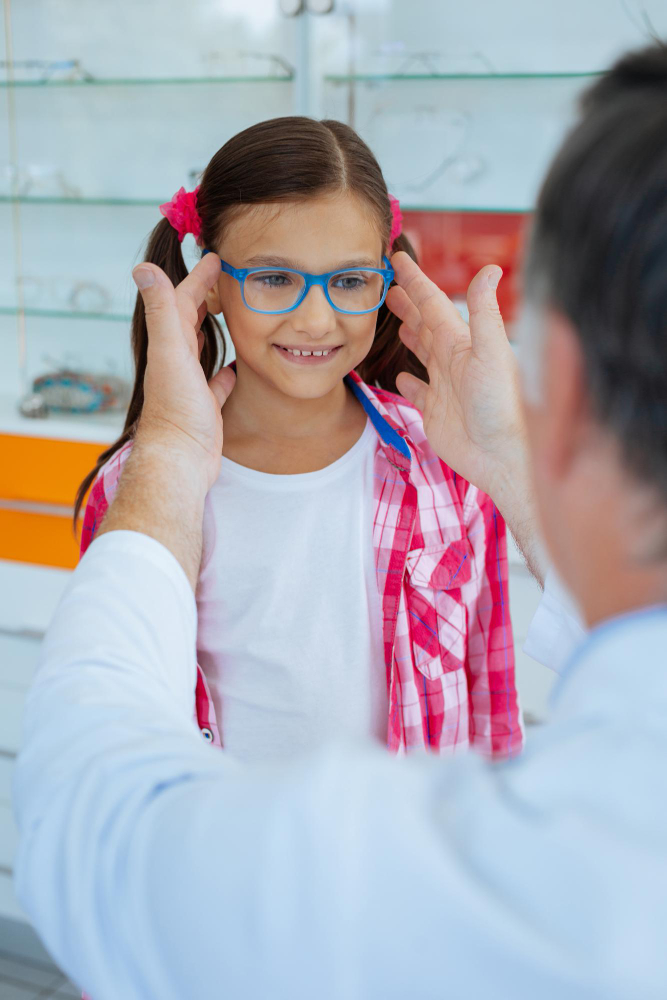
How Does Bynocs AmblyGo Work?
- A detailed history is taken, and a thorough eye examination is performed by the optometrist.
- The eye condition is evaluated using a computerized diagnostic test on the patented Bynocs software.
- Individual treatment plans are formulated after consultation with the ophthalmologist.
- The Bynocs technology helps the brain to appreciate the images from the lazy eye, using a gaming interface and specialized eyewear. These exercises are targeted at the visual centers of the brain.
- The interactive gaming interface makes the sessions fun to attend for children as well as adults.
- Sessions last for 30 minutes each day, and it is recommended to attend the sessions for five days a week.
With Bynocs AmblyGo, patients have experienced 80-90% improvement in their visual symptoms within just six weeks!
Bynocs AmblyGo: Advanced Yet Easy
